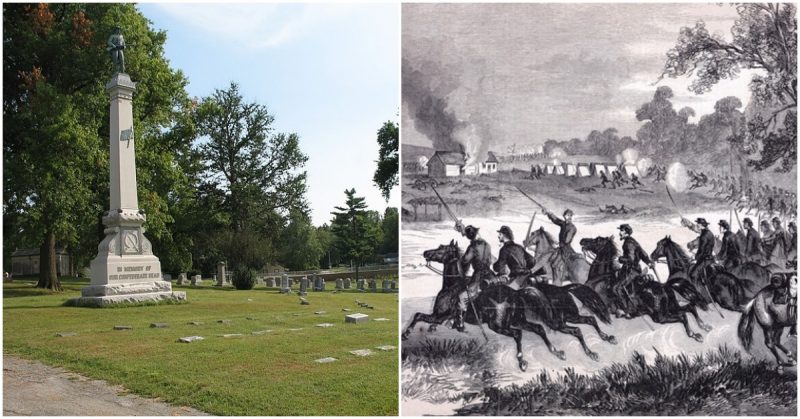After having to wait one hundred years, Civil War veteran Union Corporal Timothy Peters has received his military grave marker. Peters died on August 2, 1906, and while his grave in Green Hill Cemetery in Alexandria, South Dakota, was marked by a family granite headstone stating his name and military service, he did not get the marker to which every deceased member of the military is entitled.
A marker was issued but was placed on the grave of a different Timothy Peters who is buried in Washington and was born after 1865.
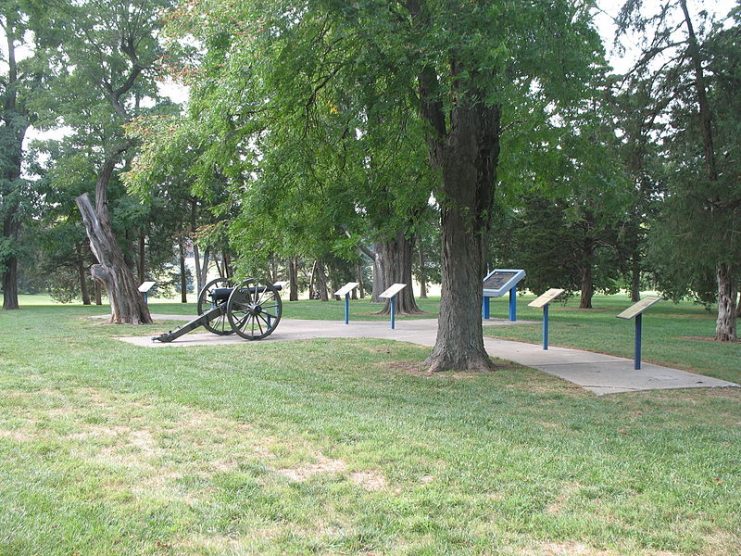
A distant relative of Corporal Peters tried to get the correct marker placed at Green Hill for several years but constantly ran into paperwork problems and red tape. The Sons of Union Veterans of the Civil War, established in 1881 and chartered by Congress in 1954, was set up to help veterans, identify and preserve their graves, and continue Civil War education.
The organization heard about the mix-up and contacted Corporal Peters’ relative for permission to move the marker which now rests over Corporal Peters, giving him the honor he deserves.
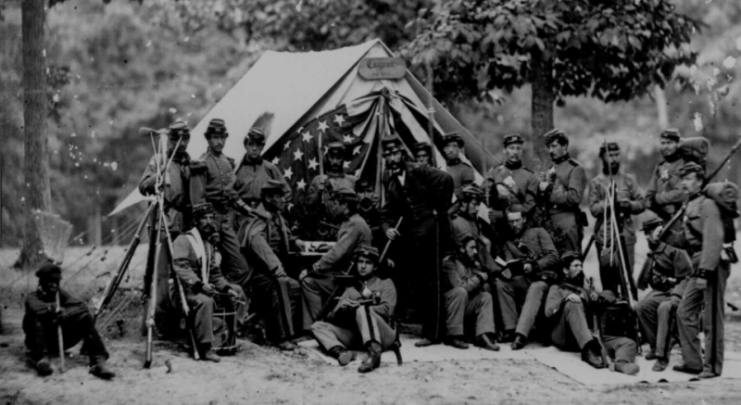
Peters and three of his brothers, Munson, Ashley and Nelson, enlisted in the Civil War from Milwaukee, Wisconsin after the war had been going on for six months. He, Munson, and Nelson were assigned to Company A in the 3rd Cavalry Regiment, with Captain Jeremiah Dawson as Commanding Officer.
Timothy mustered in as a private but had been promoted Corporal by the end of the war. The 3rd Cavalry Regiment was organized by Colonel William A. Barstow between November of 1861 and January of 1862, and in March they left Madison, Wisconsin, for Missouri.
They had gotten no farther than Chicago when an axle on the train in which they were riding broke and four of the cars derailed into a ditch filled with water. Twelve soldiers were killed and twenty-eight were hurt. The remaining soldiers kept traveling, leaving six men in the hospital at Camp Douglas. After a stop at St. Louis, they headed to Fort Leavenworth where they were issued horses.
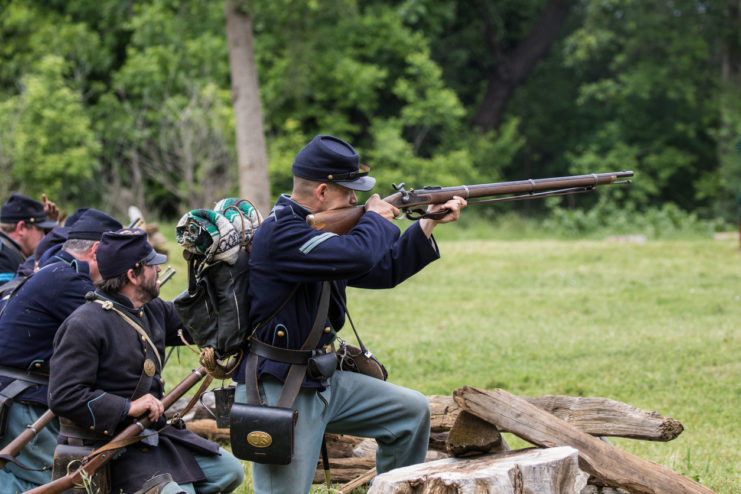
The regiment participated in several battles and skirmishes including the battle of Mine Creek where 2 Brigades of Union Cavalry defeated 2 Divisions of Confederates in late 1864. It was the 2nd largest cavalry engagement of the U.S. Civil War.
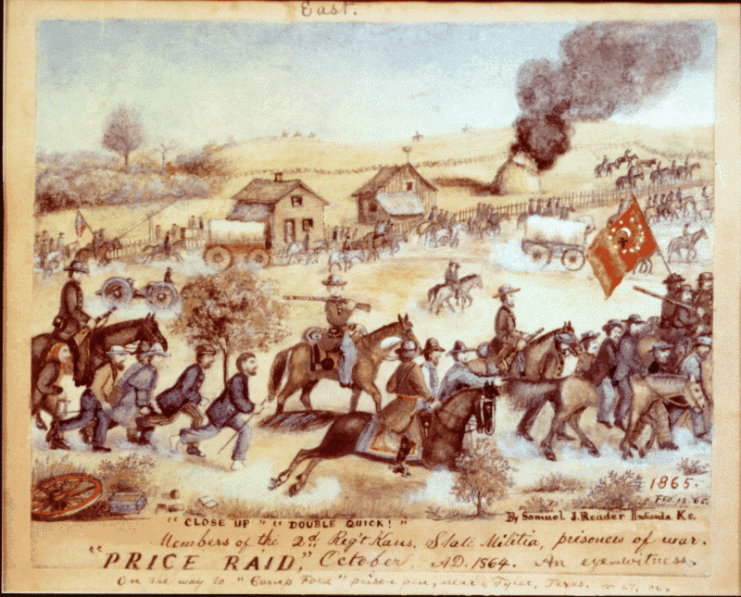
They participated in engagements as far south as Oklahoma at Honey Springs and Company A also had a run in with Quantrill’s Raiders, a particularly brutal band of Confederate guerrillas in the summer of 1862 but lost only one man.
The Western Campaign of the Union Army in the Civil War was different in that while the larger battles used soldiers marching in lines into battle in Napoleonic fashion, the smaller battles and skirmishes often occurred in wooded and rocky areas where ambushes and hand to hand combat were more frequent.
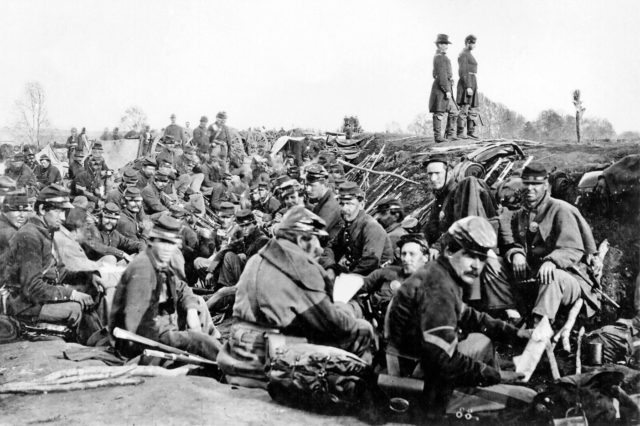
The Union soldiers had to deal with Indians and guerrilla groups who did not follow the Army’s rules of war and fighting was almost more of a day to day occurrence rather than marching for days and joining up with other regiments for an epic battle. The 3rd Cavalry Regiment fought in over forty battles from 1862 to 1865.
The Regiment lasted out the war with sixty-four killed and one hundred fifty-three succumbing to disease. Two members of the Peters regiment would receive the Congressional Medal of Honor and several would go on to become members of the Wisconsin legislature.
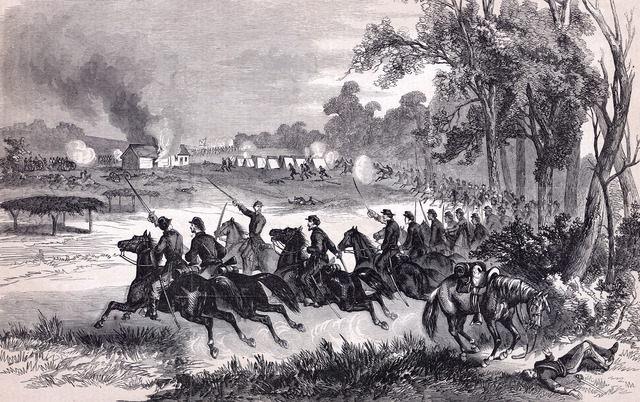
After the war, Timothy and his brothers returned home, and he married Sarah Windsor in 1870. They had two sons, Harry and Minor, born in 1873 and 1875 respectively. Harry died in 1878 from scarlet fever, and the family soon picked up and moved to Alexandria, South Dakota, where Timothy was a farmer.
After Sarah died in 1893 Peters married a widow, Anna McCullough Dobson, who brought three children to the family. Sadly, Timothy died in 1906 before the births of any of his grandchildren.
